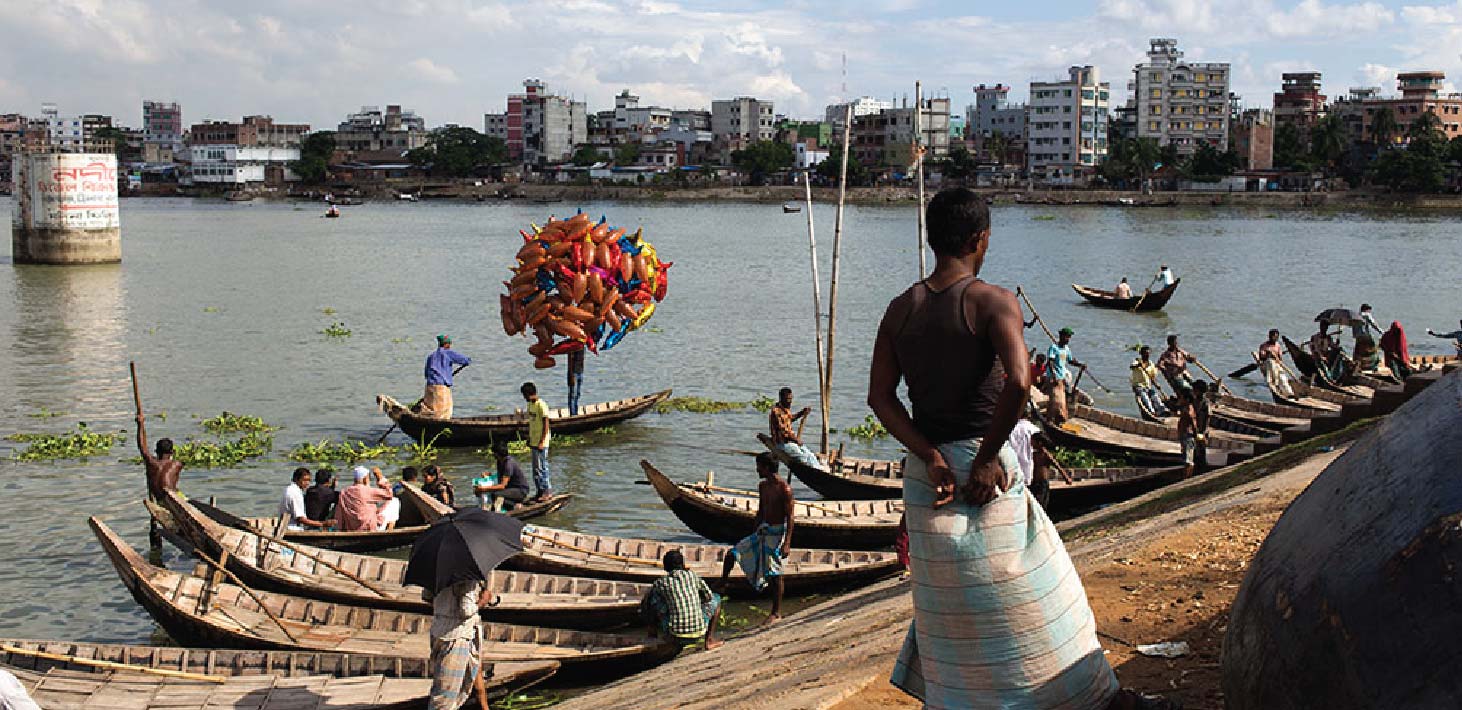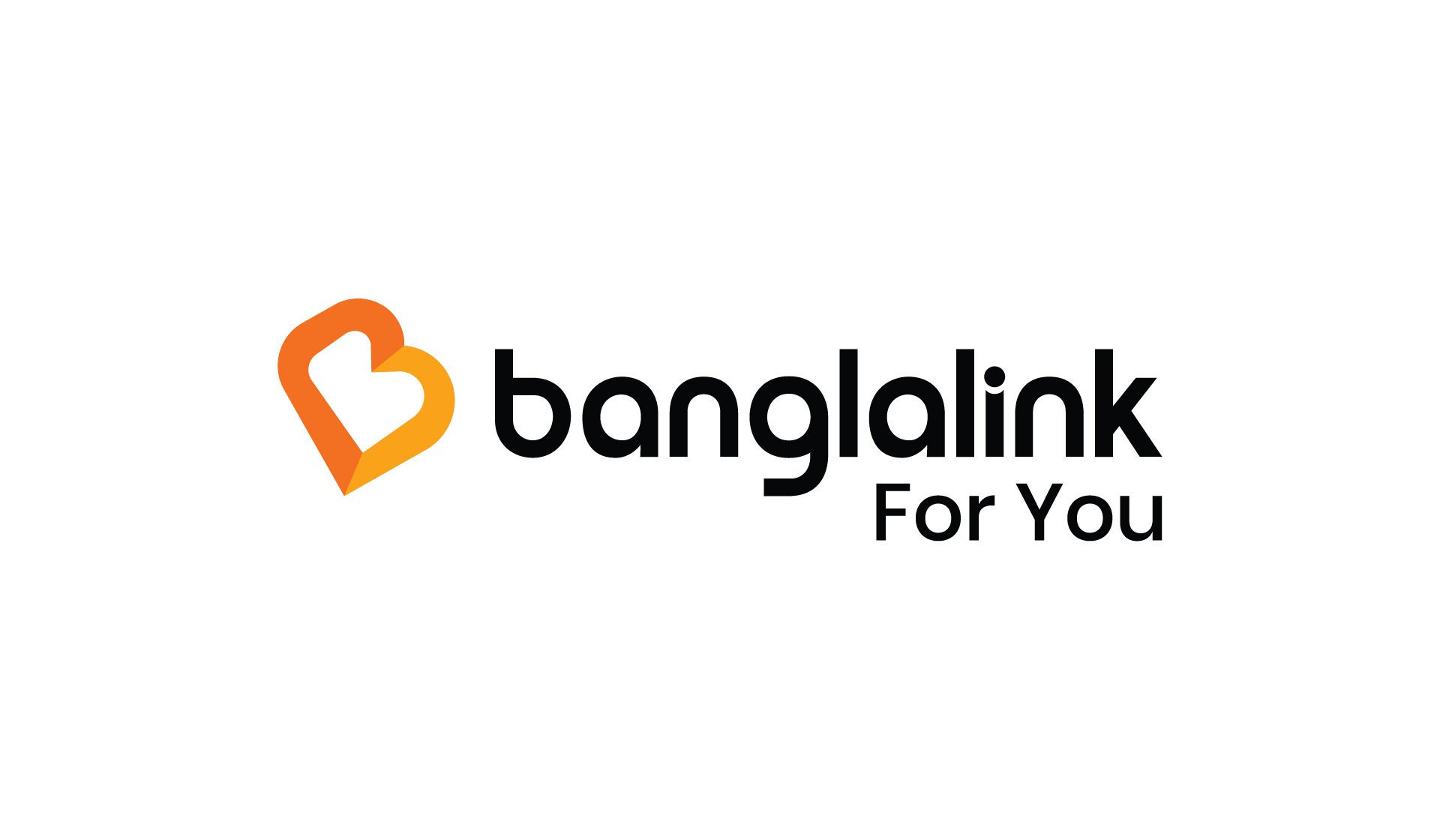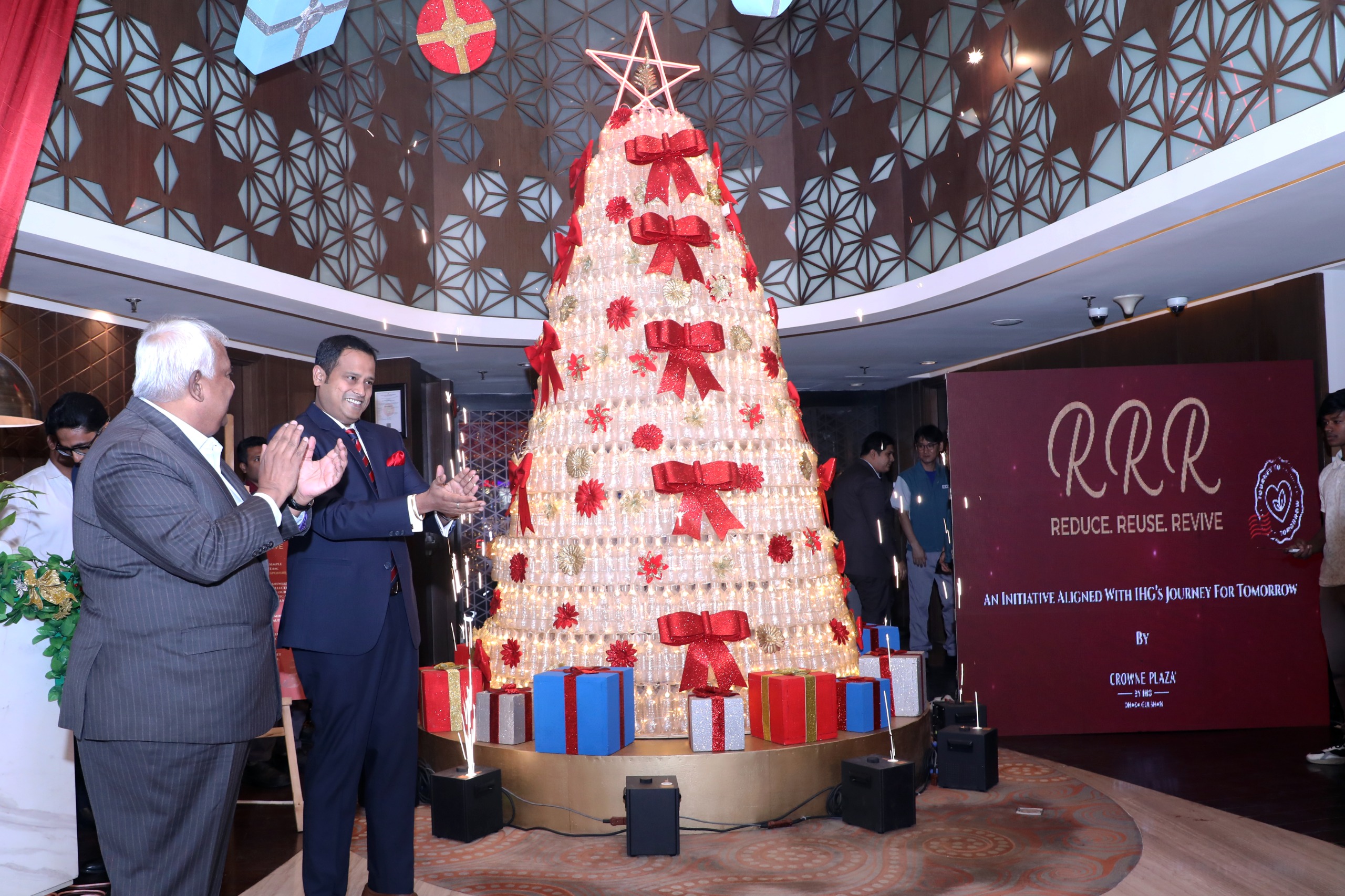Dredging on to revive river routes
Transportation of goods through the country’s inland waterways has declined in the last two decades, due to the shrinking of the river routes and loss of navigability across the country. In the past, trade hubs had developed along the major river routes of the country, as traders found it easier and cheaper to transport goods through the waterways.
However, the sector has not evolved in the last 40 years, because of continued neglect by policy makers. The inland waterways suffered a gradual decline, not only because of loss of navigability, but also because of deteriorating service quality and safety standards.
What was once a mighty 24,000 kms of navigable river routes, has now come down to 6,000 kms only, that too in monsoon when the rivers are in full form. In the dry season, the length of navigable river route shrinks to 3,800 kms, making it difficult for to navigate passenger and freight vessels, said Samsuddoha Khondaker, chairman of Bangladesh Inland Waterways Transport Authority (BIWTA).
Against this backdrop, BIWTA has initiated a number of major projects, under the capital dredging programme, to restore the 65 river routes across the country, he added.
Regarding the cost of dredging, the chairman said, ‘The estimated cost of dredging along the 65 river routes has been fixed to Tk. 11,982 crore. Dredging the river routes will be completed in several phases. Seventy% of the country’s total freight movement is through the rivers. The government wants to increase this to 80%. Also, it wants to increase the share of passenger movement, through waterways, to 60%, from the present 40%,’ the BIWTA chairman said.
According to several traders, Chittagong Port handles the major share of containers reaching Bangladesh, of which, 70 per cent are known to originate from or are destined for the Dhaka-Narayanganj region. Of this, a major volume is transported by road; and less than 10 per cent by rail. The existing Dhaka-Chittagong and Dhaka-Mongla highways are already bursting in the seams with traffic. At their current capacity—and even after developing the Dhaka-Chittagong highway into a four-lane one—it is not expected that these highways will be able to handle the increasing container traffic. This is due to paucity of container carriers, over-congestion of traffic on highways, restrictive road curves, and inadequate bearing capacity of bridges.
Of the 65 river route projects, the 12 river routes will be dredged at a cost of Tk 508.46 crore, and the project is likely to be completed in June 2015, while 53 river routes will be dredged in two phases—the first phase comprising 24 routes and the second comprising the rest, Khondaker said.
‘The twenty-four river routes, out of 53, are now being dredged at a cost of Tk 1,873.64 crore, while the remaining 29 river routes will be dredged in the second phase, at a cost of Tk 9,600 crore. Dredging the 24 river routes would be completed by June 2018,’ the BIWTA chairman added. The dredging would facilitate movement of cargo and passenger vessels, round-the-year, on the 65 river routes, the BIWTA chairman said. He added that excessive silting—causing rivers to die—is an outcome of lack of coordination between the local governments and the Bangladesh Water Development Board.
Dredging activities are being led by chief engineer of the BIWTA’s dredging department, MA Motin, with the assistance of superintendent engineer of BIWTA, Rakibul Islam Talukder, and executive engineers Tariqul Hasan and Saidur Rahman. A total of 18 dredgers of the BIWTA have been deployed for the task.
As has been planned, a total of 3,453 lakh cubic metres of silt will be removed, under the project to dredge all the 65 river routes. It has been estimated that 316 lakh cubic metres of silt will be removed from the first 12 river routes, 1,014 lakh cubic metres of silt will be removed by dredging the next 24 river routes, and 2,123 lakh cubic metres of silt will be removed from the final 29 river routes, under the project, the chief engineer said. About 22 per cent of the dredging work have been completed, under the ‘Dredging on 12 important river routes’ project initiated in October 2011, MA Motin said.
The 12 river routes are: Dhaka-Taltala-Dohuri-Zazira-Madaripur-Kabirajpur-Chowdhurihat on the Ichhamati, Padma and the Arial Khan in Dhaka, Munshiganj, Madaripur and Shariatpur; Laharhat-Veduria on the Arial Khan and the Tentulia in Barisal and Bhola; Shaheberhat-Tungibari-Laharhat on the Tentulia in Barisal; Sadarghat-Berulia on the Turag in Dhaka; Paturia-Baghabari on the Jamuna in Manikganj, Shirajganj and Pabna; Demra-Ghorashal-Palash on the Shitalakhya in Dhaka and Narsingdi; Dhaka-Ramchar-Madaripur on the Arial Khan in Dhaka and Madaripur; Dhaka-Shariatpur on the Padma in Dhaka, Chandpur and Shariatpur districts; Chandpur-Nandirbazar-Shikarpur-Hularhat on the Dakatia, Meghna and the Shandhya in Barisal and Pirojpur; Hularhat-Charchapli-Gopalganj on the Kaliganga, the Saildaha and Modhumati in Pirojpur and Gopalganj districts; Narayanganj-Daudkandi on the Shitalakhya, the Meghna and the Gumti, flowing through Narayanganj and Comilla; and Dhaka-Sureswar-Angaria-Madaripur on the Padma, Dupaldia canal and Arial Khan in Dhaka, Shariatpur and Madaripur districts.
Meanwhile, only 3 per cent of the dredging has been completed in the 24 river routes, out of 53 river routes, he said, adding that the project will be completed in June 2018. The 24 river routes are: Dhaka-Munshiganj-Gajaria-Chandpur-Chittagong, Chittagong-Cox’s Bazar-St Martins Island-Teknaf, Chandpur-Char-Prakash-Hijla-Barisal,Chandpur-Muladi-Barisal, Ghasikhali-Barisal-Kaliganj-Chandpur-Aricha, Bhairab Bazar-Lipsha-Chhatak-Sylhet, Gaglajor-Mohonganj, Lawargar-Durlovpur, Chitri-Nabinagar-Kuti Bazar, Narsingdi-Katiadi, Narsingdi-Marichakandi-Salimganj-Bancharampur-Homna, Daudkandi-Homna-Ramkrishnapur, Chandpur-Ichuli-Faridganj, Barisal-Jhalakathi-Barguna-Patharghata, Khulna-Gajirhat-Bardia-Manikdha, Nandibazar-Madaripur, Dilalpur-Ghoradigha-Chamraghat-Nilki-Atpara-Netrokona, Manumukh-Moulvi Bazar, Mirpur-Savar, Sripur-Bhola Kheyaghat-Gangapur-Bhola, Chawkighata-Kaliganj, Patuakhali-Mirzaganj, Hosnabad-Torki-Fasiatala, and Dalar Char-Baliakandi-Boalmari-Kasiani. The dredging of the second phase, comprising 29 river routes, is likely to begin from July this year, and is scheduled to complete the work in June 2025.
However, the BIWTA has now employed most of its resources to reopen the Mongla-Ghashiakhali channel. ‘Considering the importance of the channel and this being a priority project of the Prime Minister, we have deployed 14 dredgers and around 30 excavators, to dredge the Mongla-Ghashiakhali channel. The channel is very important for carrying goods and plying of cargo vessels to Mongla port and other destinations,’ Motin said.
Maintenance dredging is increasing every year due to huge silts being carried during monsoon from the upstream, the chief engineer said, adding, ‘We have to carry out maintenance dredging of 60-70 lakh cubic metres, every year, in 10 ferry routes. Besides, it is needed to carry out maintenance dredging on the remaining waterways, to keep the river routes navigable. We think that the volume of maintenance dredging will increase to 200-250 lakh cubic metres, within two years.’
Abu Naser Khan, chairman of Poribesh Bachao Andolan (POBA), said, ‘It’s absolutely essential to restore the navigability of the country’s rivers. Our rivers are drying due to the lack of proper management. Taking this opportunity, a section of unscrupulous people is occupying the rivers, putting the environment in grave danger.’
Transportation costs via waterways is much less than the other modes, he said, adding that the government should clean the river beds through proper dredging, to facilitate transportation thorough waterways. Tauhidul Anwar, former member of the Joint River Commission (JRC), told The Independent that the rivers are losing navigability, due to heavy siltation every year. ‘Carrying goods through river routes is cheaper and safe. The demand for using waterways is increasing day by day, due to several reasons. But, many river routes have already become unusable. If the authorities fail to restore the navigability of the river routes, many more routes will disappear soon,’ he said.
According to a study conducted by the World Bank, in 2007, titled ‘Revival of inland water transport: Options and strategies’, around 12.3 per cent of the rural population in Bangladesh use water-based transport as the only mode of communication. Besides, the study also suggested that the unit cost of using waterways is significantly lower than road or railways, with road freight charges at Tk. 4.5 per tonne and per km, while it is only Tk. 0.98, per tonne and per km via the waterways.















